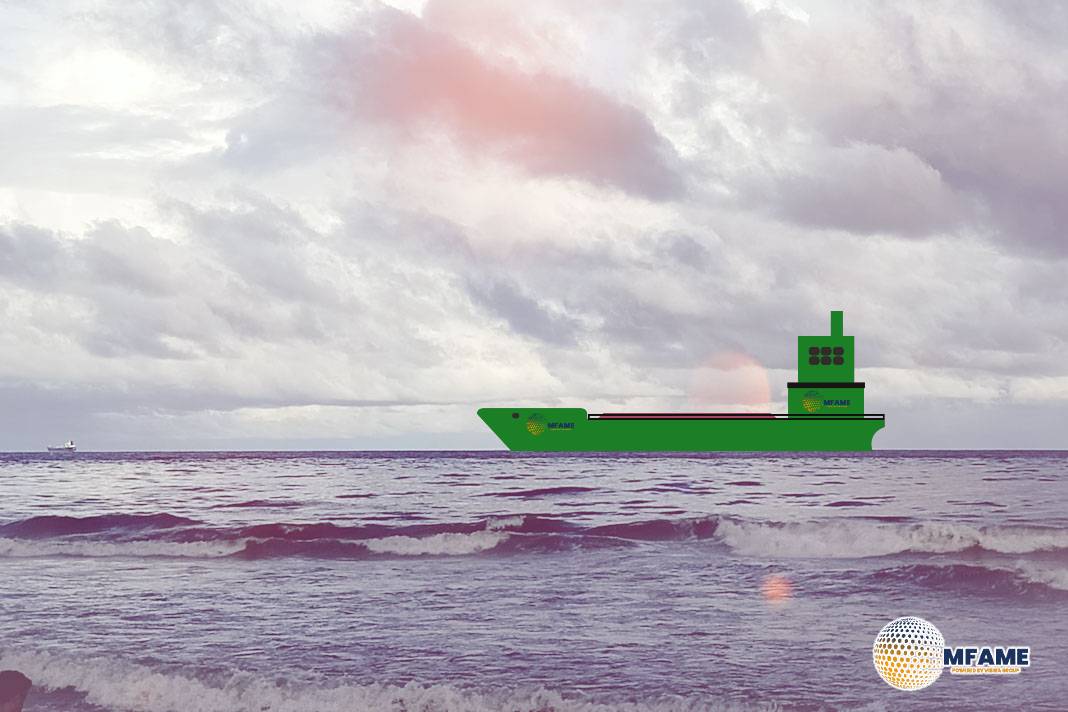The Maltese-registered container ship APL Danube grounded in the Suez Canal on April 19, 2019, while transiting southbound toward Jeddah. Clear weather and calm seas prevailed during the passage, but a sudden sheer to starboard led to the vessel making bottom contact by both bow and stern. The grounding caused significant damage to the rudder, steering gear, and propeller, requiring the ship to be towed for repairs. According to the final safety investigation report issued by the Marine Safety Investigation Unit (MSIU) of Malta, the immediate cause was attributed to loss of steering due to the bank effect.
Root Cause Analysis
The investigation determined that the APL Danube lost steering control due to the bank effect while navigating close to the eastern bank of the Suez Canal. This hydrodynamic phenomenon, caused by restricted water flow between the ship’s hull and the canal bank, generated a pressure difference that pushed the vessel’s bow away from the bank while drawing the stern toward it.
As the vessel entered the narrowing section near kilometre mark 133, the effect intensified, resulting in a sheer to starboard. Despite helm and engine adjustments, the vessel’s proximity to the bank and the influence of strong tidal streams during a spring tide made recovery impossible. Contact with the canal bottom caused damage to the rudder and propeller, further reducing maneuverability.
Safety Actions Taken
During the investigation, the company carried out an internal review in line with the International Safety Management (ISM) Code. Safety alerts and feedback from the grounding were shared across the fleet. The company revised its hours of rest procedures to ensure that command could be delegated during extended canal transits, allowing the master to rest when necessary.
Deck officers received targeted training on pilot management, bank effect awareness, and emergency maneuvering. Additional emphasis was placed on proper use of navigational equipment, including retaining ECDIS monitoring features while accommodating pilot display preferences.
Navigation and Bridge Team Management
The safety investigation found that the vessel’s passage plan was not fully tailored to the intended southbound transit, and some listed publications were irrelevant to the voyage. The planned route on ECDIS was deactivated at the pilot’s request, which disabled key safety alarms such as anti-grounding alerts. This reduced the bridge team’s situational awareness during a critical phase of navigation.
Furthermore, the master was engaged in a conversation away from the conning position at the time of the sheer, limiting his ability to monitor developing conditions. The initial tension between the master and the second canal pilot may have also influenced communication dynamics on the bridge, although this was not considered a direct cause of the grounding.
Did you subscribe to our Daily newsletter?
It’s Free! Click here to Subscribe!
Source: MSIU

















